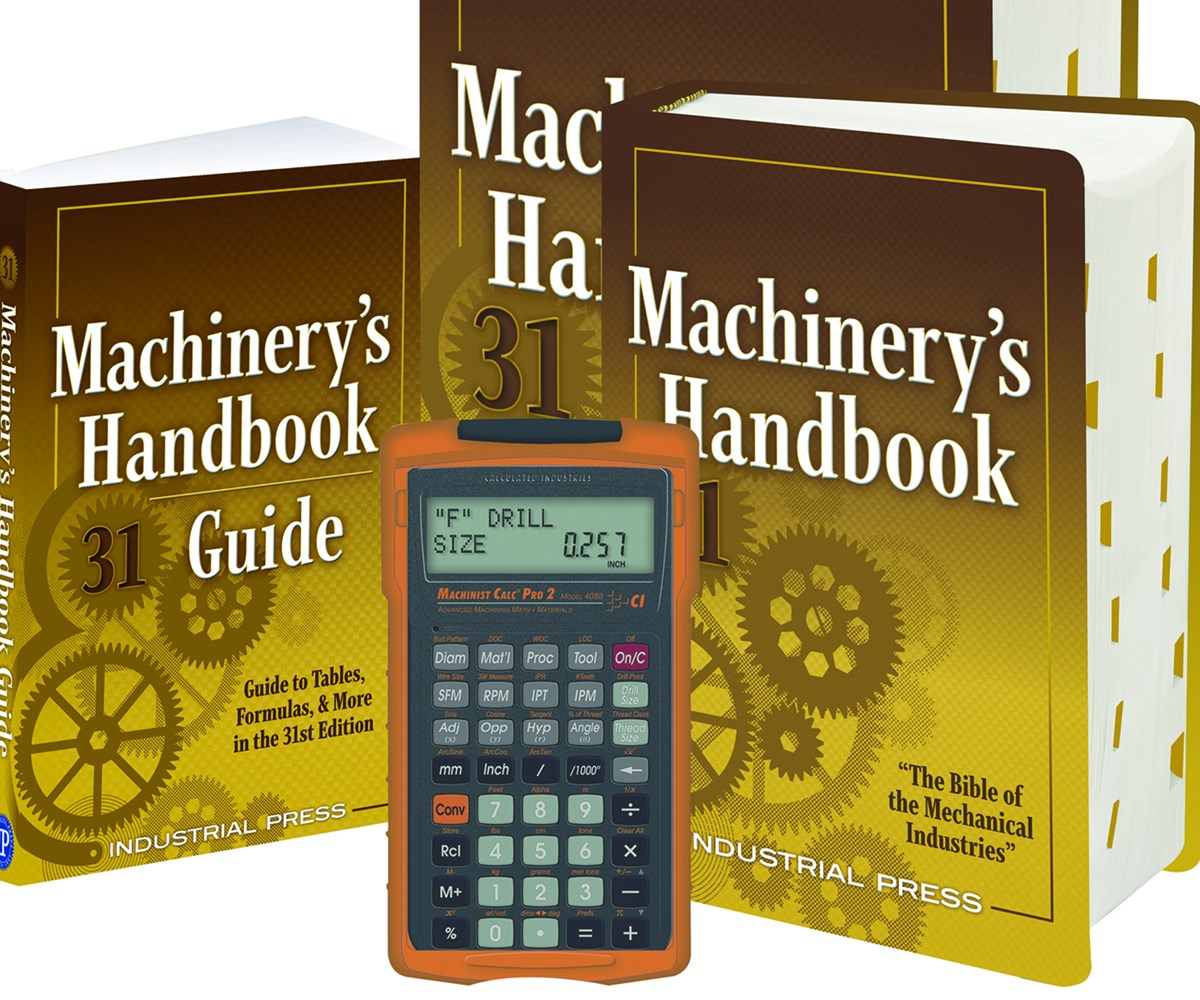In the fast-paced and constantly evolving world of manufacturing and industrial production, companies are constantly seeking innovative solutions to streamline their operations and enhance productivity. One critical aspect of this endeavor is ensuring the efficient handling and feeding of materials. This is where industrial feeding equipment comes into play, providing companies with the tools necessary to optimize their manufacturing processes.

Industrial feeding equipment refers to a wide range of machinery and systems designed to automate and facilitate the feeding of raw materials, components, or products within a production line. It plays a crucial role in ensuring a smooth workflow, minimizing downtime, reducing labor costs, and ultimately maximizing output. In this blog post, we will delve deeper into the world of industrial feeding equipment and explore its benefits and applications.
One of the primary advantages of industrial feeding equipment is its ability to enhance efficiency. By automating the process of material handling and feeding, companies can eliminate the need for manual intervention, reducing human error and increasing accuracy. This not only speeds up the entire production process but also minimizes the risk of product defects or inconsistencies. Additionally, industrial feeding equipment optimizes the utilization of resources by precisely controlling the amount of material being fed, thus reducing wastage and improving overall efficiency.
Industrial feeding equipment finds its applications across various industries, including food and beverage, pharmaceuticals, automotive, electronics, and more. In the food and beverage industry, for instance, precise and automated feeding systems ensure that ingredients are accurately measured and dispensed, resulting in consistently high-quality products. Similarly, in the pharmaceutical industry, such equipment plays a critical role in ensuring the precise dispensing of active ingredients, minimizing variations in dosage and ensuring compliance with stringent regulations.
When it comes to choosing the right industrial feeding equipment for a specific application, companies have numerous options to consider. Vibratory feeders, for example, are widely used across industries due to their versatility and efficiency. These feeders use vibrations to move and convey materials, allowing for a controlled and reliable feeding process. Vacuum conveyors, on the other hand, are ideal for handling delicate or fragile components that need to be transported gently and without damage. This type of feeding equipment uses a vacuum to create suction and move materials through a closed system, ensuring minimal exposure to external factors.
In recent years, technological advancements have revolutionized the world of industrial feeding equipment. With the advent of Industry 4.0 and the Internet of Things (IoT), feeding equipment can now be seamlessly integrated into digital networks, allowing for real-time monitoring and control. This means that operators can remotely monitor the performance of feeding systems, identify potential issues, and make adjustments as needed. Furthermore, IoT-enabled feeding equipment can also collect valuable data regarding machine performance, material usage, and production rates, providing companies with unprecedented insights to optimize their processes further.
For companies looking to invest in industrial feeding equipment, it is essential to consider factors such as the specific requirements of their application, the volume of materials to be handled, and the compatibility with existing systems. Consulting with industry experts and suppliers can help ensure the selection of the most suitable equipment for their unique needs.
In conclusion, industrial feeding equipment serves as a crucial component in modern manufacturing and industrial production systems. By automating and streamlining the material handling and feeding processes, it enhances efficiency, reduces labor costs, and minimizes errors. Its applications are diverse, spanning multiple industries, and the available options, such as vibratory feeders and vacuum conveyors, provide solutions for various material handling challenges. With the integration of IoT capabilities, feeding equipment has entered the era of connected systems, bringing about a new level of control and monitoring. As companies strive for continuous improvement and optimization, industrial feeding equipment is an invaluable tool that enables them to stay competitive in today's rapidly evolving market.
